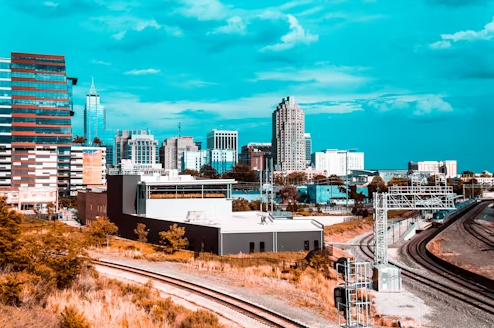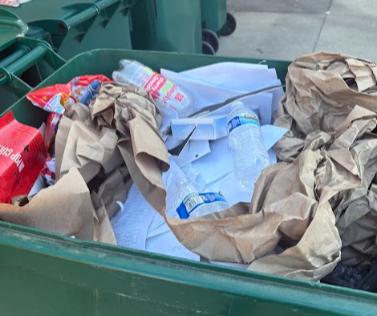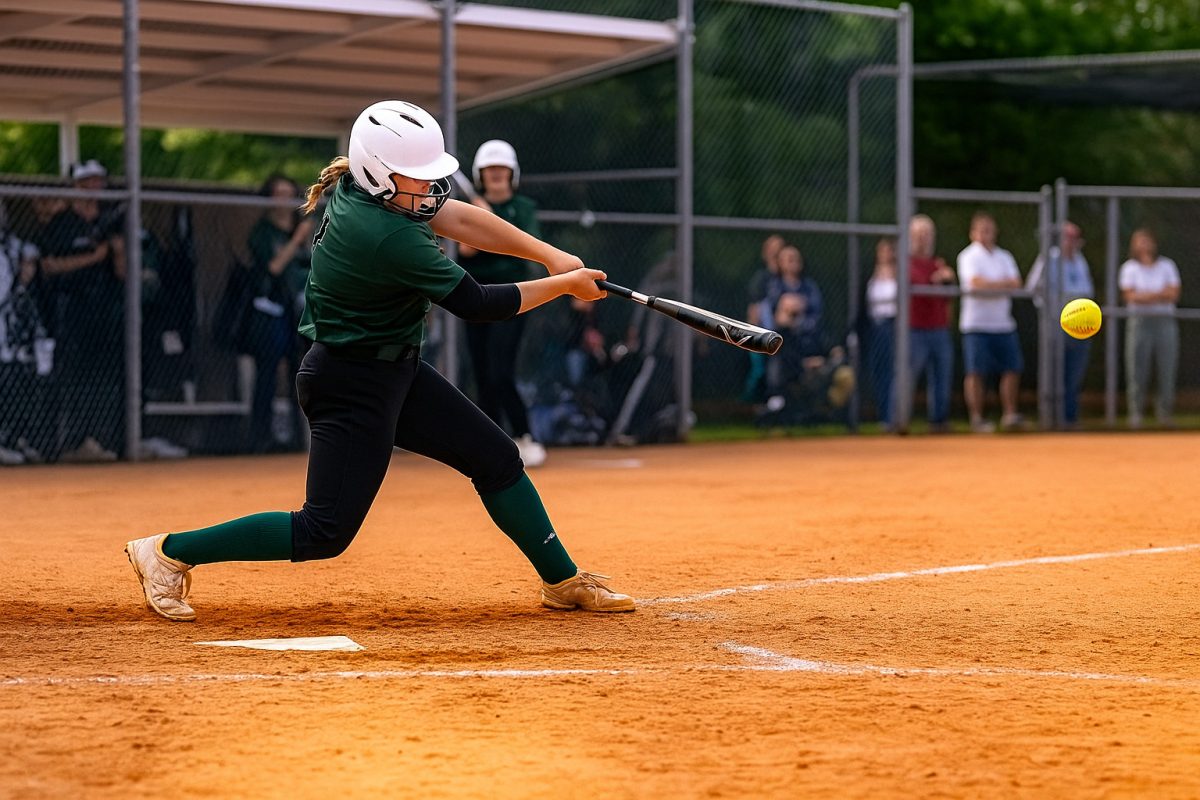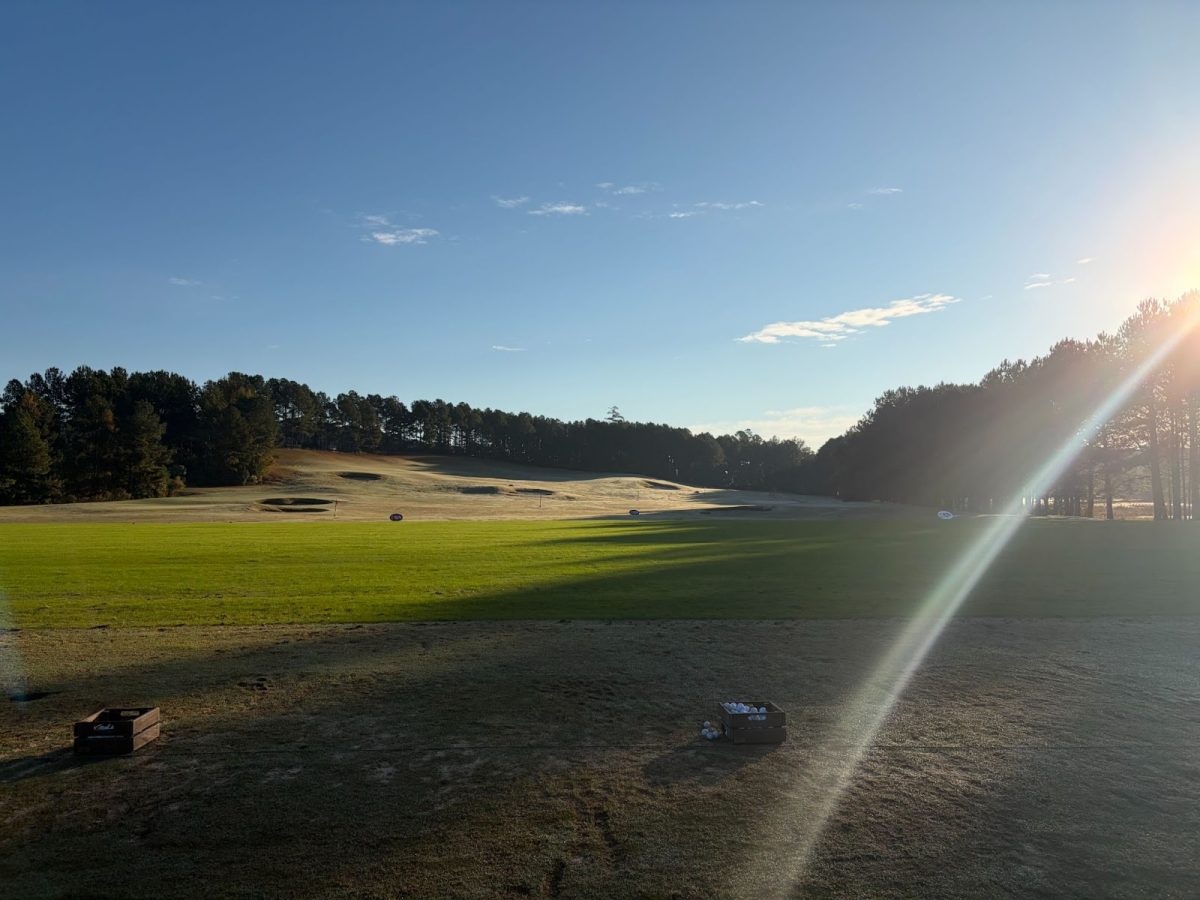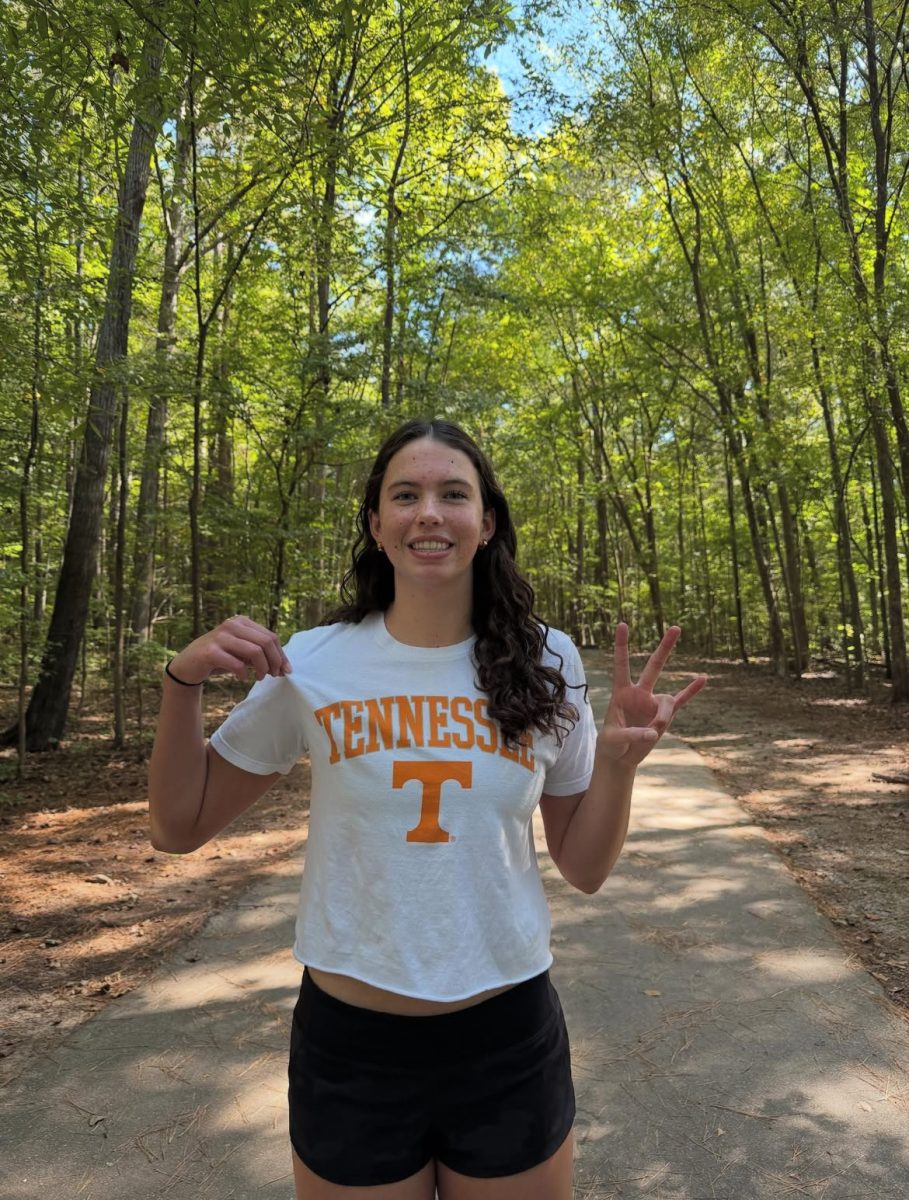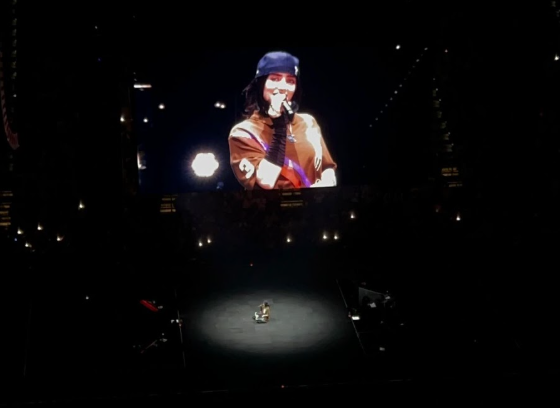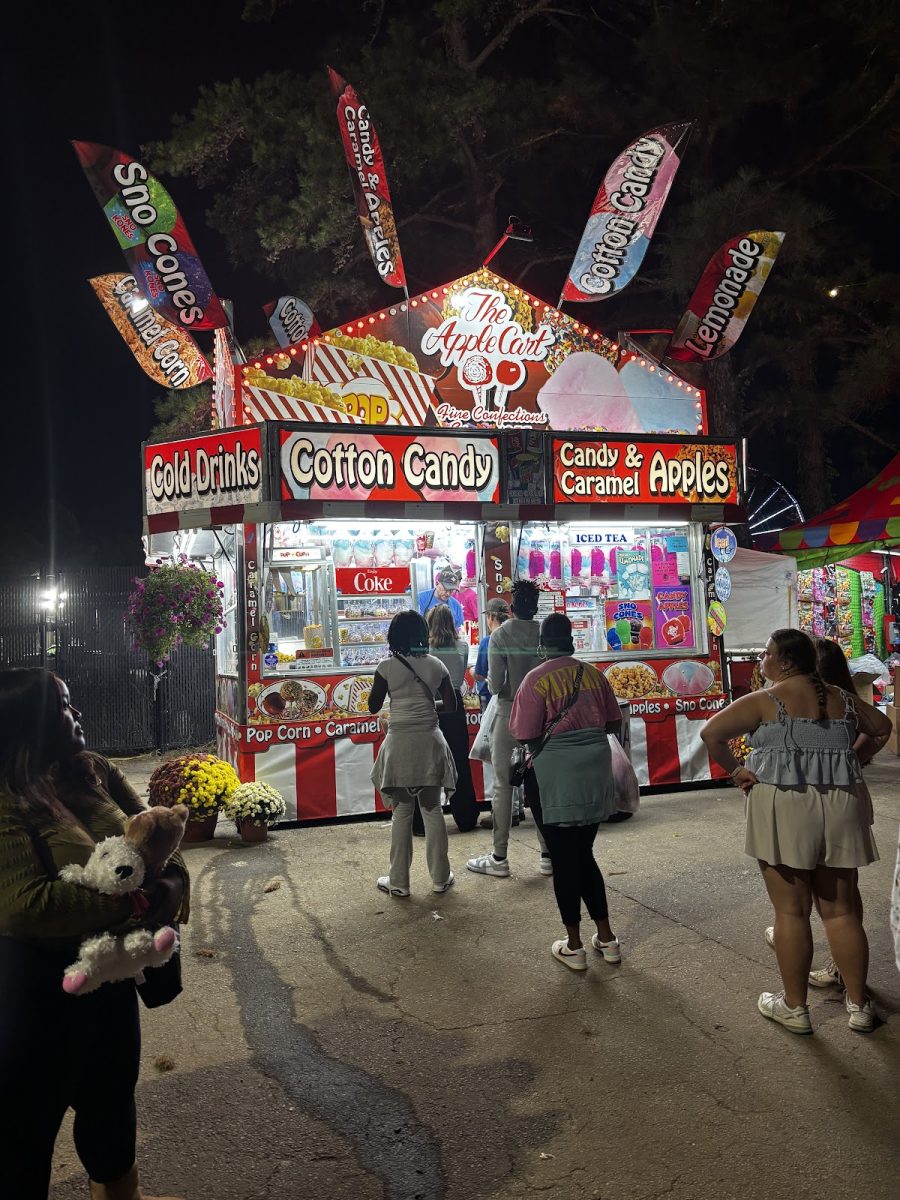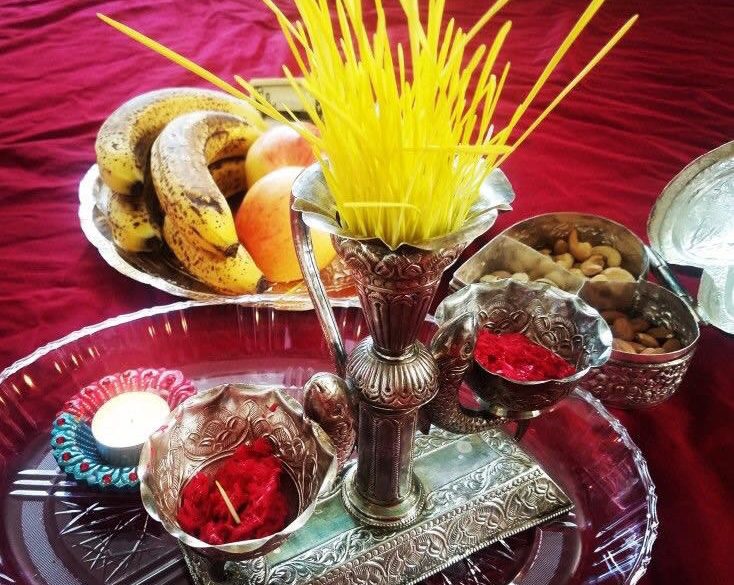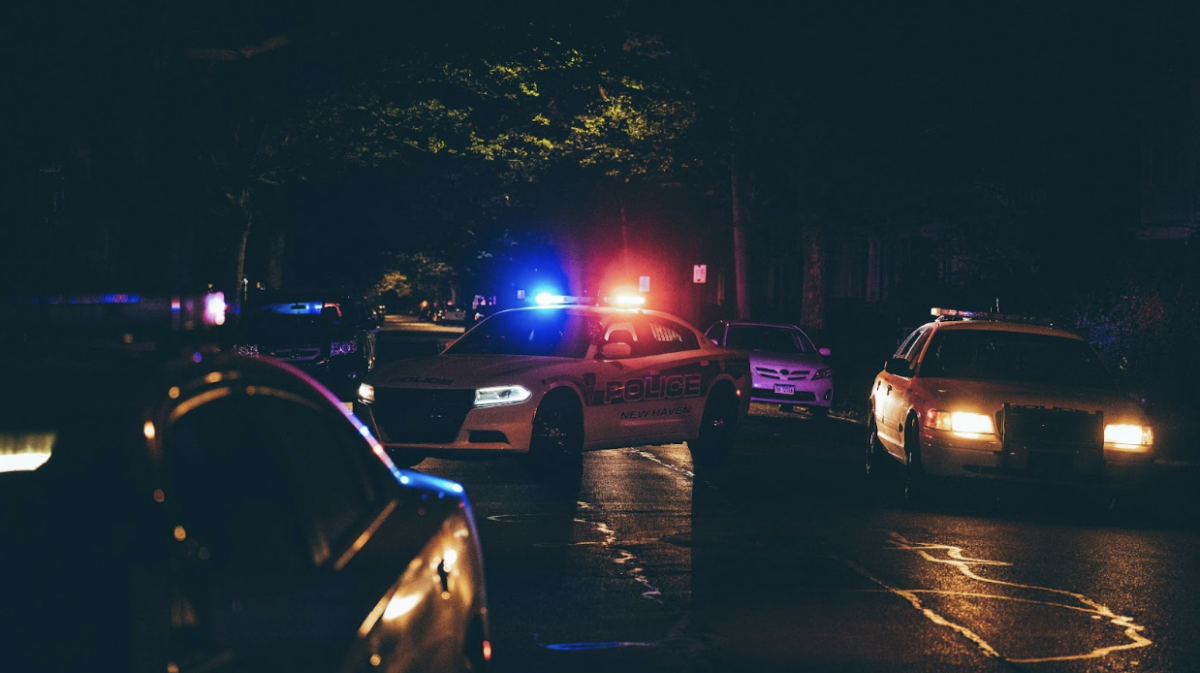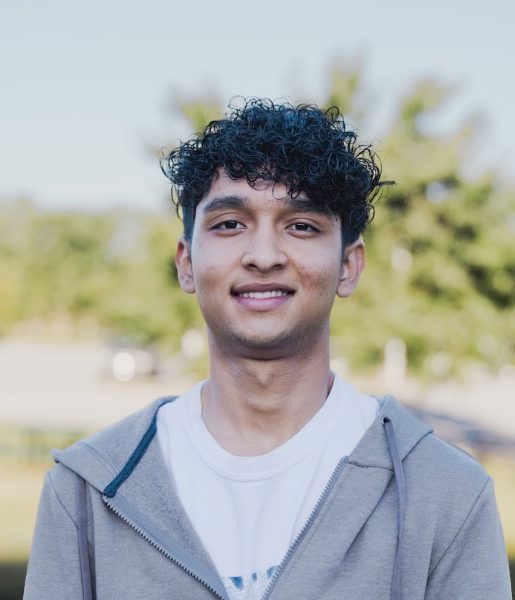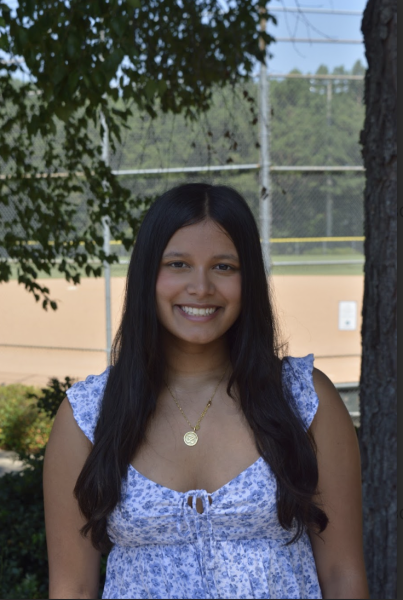Hinduism is one of the oldest religions in the world. The practice of Hinduism is primarily seen in South Asia but is spread all around the world. Hindus, people who follow Hinduism, celebrate diverse festivals typically marking events from the ancient Indian subcontinent.
Navaratri
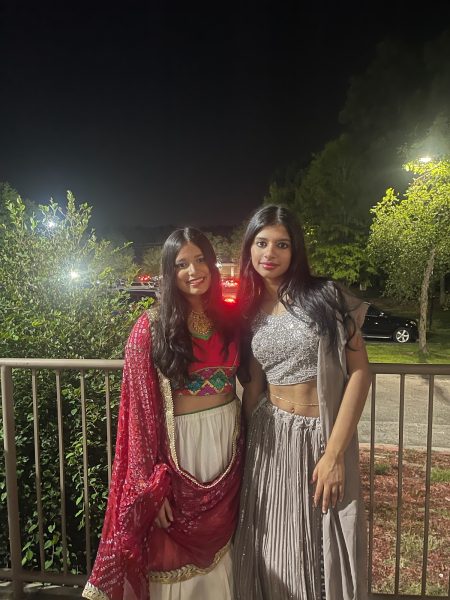
Navaratri is an annual Hindu festival that is observed in honor of the goddess Durga, the supreme goddess. It spans nine days long with each day, the nine incarnations of goddess Durga are celebrated. People celebrate Navaratri by singing, fasting for 9 days, organizing different puja, arti (prayer) for each incarnation and doing the Garba, a dance where people dance in a synchronized way in a circle with an image of the goddess Durga or lighted lamp in the center of the circle. Navratri is celebrated in different parts of India and Nepal for different reasons but the common theme is the battle and victory of good over evil.
Dussehra
With Navaratri, Dussehra is also observed annually, after the completion of Navartri and is marked as the tenth day. India and Nepal are the main countries that celebrate Dussehra but it’s celebrated differently. Most Hindu Indians celebrate by burning the effigies of Ravana, celebrating the honor of Lord Ram. Others celebrate by worshiping Durga, lighting up temples and immersing idols of Goddess Durga into a pond, river or ocean for a solemn goodbye. In contrast, Nepali people who celebrate Dussehra (often referred to as Dashami) visit elders’ houses and put tika and jamara on the forehead of the younger while giving blessings and Dakshina (money) for the next five days. Lastly, people celebrate it by feasting, dancing, singing, shopping and visiting their loved ones.
Diwali

It is a festival of lights, symbolizing the victory of good over evil. It is connected to religious scriptures like Ramayana or deities like Laxmi, the Goddess of wealth and Ganesha, the God of wisdom and power. Diwali is celebrated for 5 days and each day the celebration is different. On the first day, people worship and feed crows as it is believed that they are the messengers of the god of death, Yama. On the second day, people worship dogs by offering treats and putting tika and garland. On the third day, Goddess Laxmi is worshiped, houses are cleaned and rows of lamps are lit to welcome Goddess Laxmi for prosperity and wealth. On the fourth day, Lord Dhanvantari is worshiped by buying silver and gold to welcome prosperity and good luck. On the final day, the relationship between brother and sister is admired and both put tika of seven colors and mala (garland) to each other. Brother receives gifts and in return, money is given to sisters. People end this by singing, dancing and playing cards with their loved ones.
Chhath
After Diwali, people get ready to celebrate Chhath. During this festival, the Sun, the main energy source, is worshiped fasting is mainly done by women for the well-being and the happiness of family members. This festival is primarily celebrated in the state of Bihar, India and the adjoining states of Nepal. The festival takes place for four days. On the very first day of Chhath, the devotees take a holy dip into the water source and take only a single meal on this day. On the second day, the devotees fast without any drop of water, from the sunrise to the sunset. The fast is broken in the evening just after sunset and making as well as offering food to the Sun God. After having Prasad (offering) on the second day, the third day’s long fasting begins. It is the only time of the year on which people worship the setting Sun and offer Arghya. On the final day of Chhath, people offer Arghya to the rising Sun, which is called Usha Argya. After which, the 36 hour long fast is broken.
Hindu festivals, though diverse in their rituals and regional practices, all celebrate the triumph of good over evil and honor important deities. These celebrations help to unite families and communities and strengthen cultural identity.





